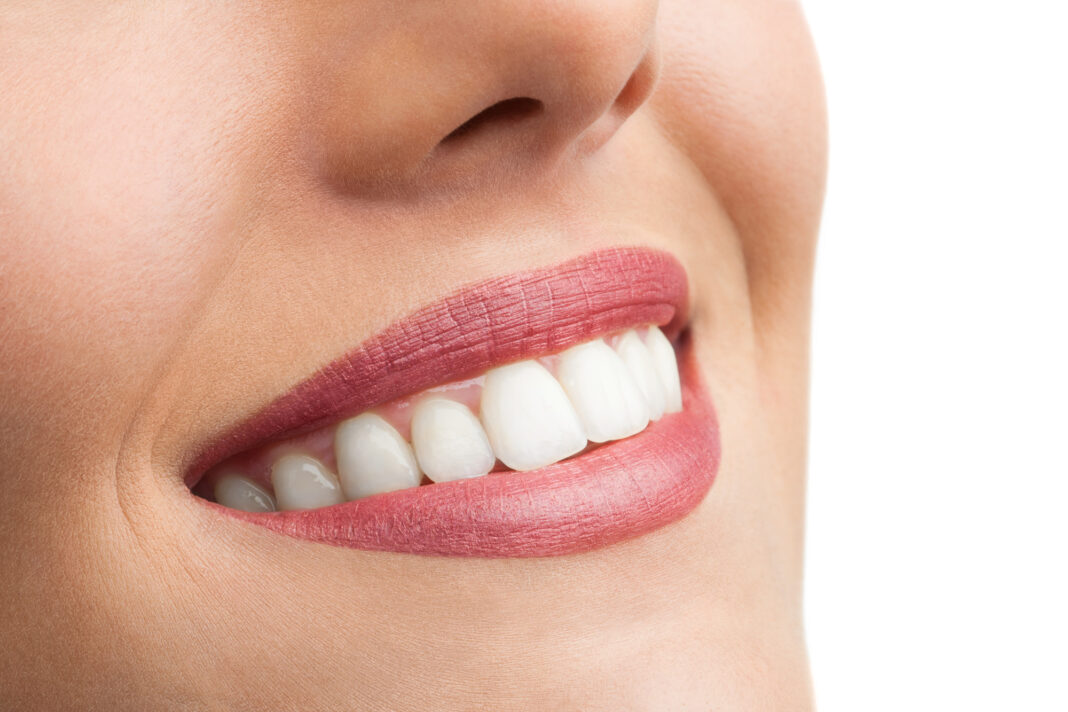Tooth plaque, as we all know, is a building block to more serious oral problems, such as gum disease, dental caries, inflammation, and tooth loss.
However, most of us don’t sit around actually thinking about our tooth plaque, because it’s not really until we brush our teeth and see that brownish film around our teeth that we recognize it.
When you decide it’s time to act on the gunk around your teeth, you are faced with a number of potential toothbrush options.
But, how to remove plaque? Which toothbrush should you use? And how do you brush your teeth effectively to combat the problem of tooth plaque?
Keep reading and we’ll go through everything you need to know.
What Is Plaque?
Plaque is a sticky film of bacteria that constantly forms on your teeth. If not removed, it can harden and turn into tartar.
It can also cause gum disease and tooth decay. While brushing and flossing help remove plaque, you may also need to visit your dentist for a professional cleaning.
With a Toothbrush
To remove tooth plaque with a toothbrush, wet your toothbrush and apply toothpaste to it.
Rub the bristles around all of your teeth, using circular, back-and-forth, and up-and-down motions, for two minutes. Spit the suds into the sink and rinse your mouth and toothbrush with water.
You will also need to floss at least once a day. Start by wrapping the dental floss around the middle finger of one hand, and holding it tight with your other hand.
Then you need to insert the floss in between your teeth and move it up and down against the sides of your teeth. Be sure to floss under the gum line as well. When you are finished, rinse your mouth with water.
With Mouthwash
Mouthwash can help remove plaque by getting in between your teeth and rinsing away the bacteria. Look for a mouthwash that contains fluoride, which can help prevent tooth decay.
Swish the mouthwash around in your mouth for 30 seconds before you spit it out.
With Tongue Scrapers
To remove tooth plaque, you can scrape your tongue with a tongue scraper. Start at the back of your tongue and scrape forward. Remember to be gentle and don’t press too hard.
Rinse your mouth with water after you’re done. Do this every day, and your tongue will be less likely to harbor bacteria that can cause bad breath and teeth damage.
With Baking Soda
Another way to remove tooth plaque is by using baking soda.
Wet your toothbrush and dip it in baking soda. Gently brush your teeth, focusing on the areas where plaque is most likely to build up. Rinse your mouth well with water.
Repeat this process 2-3 times a week for best results.
With Sugarless Gum
Brushing your teeth twice a day and flossing regularly are great ways to prevent plaque buildup, but did you know that sugarless gum can also help?
Chewing sugarless gum after meals and snacks stimulates saliva flow, which helps to rinse away food debris and harmful acids that can contribute to plaque formation.
So, next time you reach for a piece of gum, make it sugarless to help keep your teeth healthy and plaque-free!
Eat Healthy Foods
It’s important to eat healthy foods not only for your overall health but also to help keep your teeth and gums healthy. Eating a diet rich in fruits and vegetables can help reduce plaque buildup on your teeth.
So, make sure to eat plenty of crunchy fruits and veggies like apples, carrots, and celery to help scrub away plaque.
Visit Your Dentist
To remove tooth plaque, it is important to visit your dentist regularly.
Your dentist may use a scaler to remove plaque. This is a tool that scrapes off plaque from teeth.
Many people don’t know the importance of dental cleanings, since they think that it is only important for people who have teeth that are visibly dirty. However, even people with immaculately white teeth need to have their teeth cleaned by a dentist.
Plaque and tartar are difficult to remove with brushing and flossing alone, so it is important to have a professional dental cleaning every six months.
Symptoms of Plaque
The symptoms of dental plaque depend on the type of plaque and the person’s individual response to it.
For example, some people may experience an itchy or burning sensation, while others may not have any symptoms at all.
It can also cause redness, swelling, and pain in the affected area. In some cases, it can lead to more serious health problems, such as infection or tissue damage.
Complications of Plaque
Plaque can build up in the arteries and cause them to narrow, which can lead to heart disease. It can block the arteries that supply blood to the brain, which can lead to a stroke and peripheral artery disease as well.
This can also build up in the arteries that supply blood to the kidneys, which can lead to kidney disease. And it can also build up in the brain and cause Alzheimer’s disease.
Plaque may seem like it is not something that should be taken seriously but it can cause severe damage to our health when left untreated.
Get Rid of Your Tooth Plaque Right Now
If you follow the steps above, you should be able to get rid of tooth plaque effectively. Remember to brush and floss regularly, and use an antibacterial mouthwash to keep your teeth and gums healthy.
If you already have plaque, you should see a dentist and have it removed. So, what are you waiting for? Visit your dentist today!
Did you find this article helpful? Visit more of our blogs!

